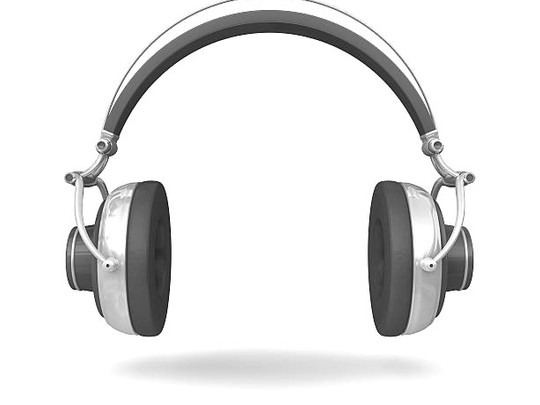
I used to work for an adventure and lifestyle magazine with a lean staff, and was thrown into reviewing everything from motorcycles to restaurants to movies. Every month I’d go to the video rental store where they would have a stack of the newest movies for me to take home. I didn’t actually enjoy this job, but when I talked about it, people laughed at me.
“You’re complaining because you need to watch movies?”
Well, it’s different when you have to watch and write about several movies in just a few days. (For a change, that wasn’t due to my procrastination, but because we’d delay this section to cover the newest releases.) They weren’t in-depth reviews, but they certainly needed to be more than a simple plot summary. Recently I started writing for two audiophile publications you’re sure to never have heard about unless you’re really into your stereo equipment: Positive Feedback and TONE Audio. When my first review units came in, a pair of speakers and some power conditioners, I remembered those movies, and realised that reviewing something — even something you love — is a lot harder than expected.
To be clear, I’m not complaining. It’s a dream come true to have boxes of equipment sent to me, that I unpack and try in different combinations with various test tracks. But there’s also a responsibility to get it right. To not set up a great component correctly, and describe it as mediocre is almost as bad as being impressed with all the wrong things, and praising a mediocre component.
Relative sensing
As with other fields, audiophilia has a lexicon of potentially pretentious-sounding terms to describe aural phenomena. While they aren’t standardised as they are, for example, in the grape beverage industry, there are clear ways to describe the sound of a loudspeaker or amplifier that conveys its character. One unit might have a less “black background” than another with less “headroom”, but a flatter “soundstage”, and more “PRaT” (pace, rhythm, and timing). Loudspeakers from one brand might be “coloured” with less “attack” than another.
Of course, a lot of this is subjective, not only because we hear differently from each other, but because our senses are about relatives, not absolutes. If I play you a bright, sparkly, treble-heavy music system for long enough, a more accurate, neutral system will sound dull and muted at first. So how do you set the reference for your ears? With a lot of listening. Hearing the same track on different systems is instructive — sound memory can seem totally ephemeral when you try to remember details, but is surprisingly robust when you focus on the emotional result of what you hear. I’ve found that the unprepared mind in the first second, before the critical mind kicks in, is the most reliable of listeners.
Watching audio people set up loudspeakers is another great way to develop the ears. You’ll be amazed at how much the sound of a loudspeaker can change even when it’s moved half an inch — there’s a point at which everything seems to snap into place.
Writing my first audio reviews, I remembered those enforced movie watchings, where as soon as you are required to be critical, it’s hard to simply enjoy the material. On one review, I repeatedly listened to the first seconds of the same two tracks all day. I worked really hard on it, and realised later that I’d given myself a whole new bank of aural experiences to draw on, and now had an even higher sensitivity to sound variations. It was almost like getting a software upgrade to my brain.
Gautam Raja is a freelance journalist based in Los Angeles, US.












